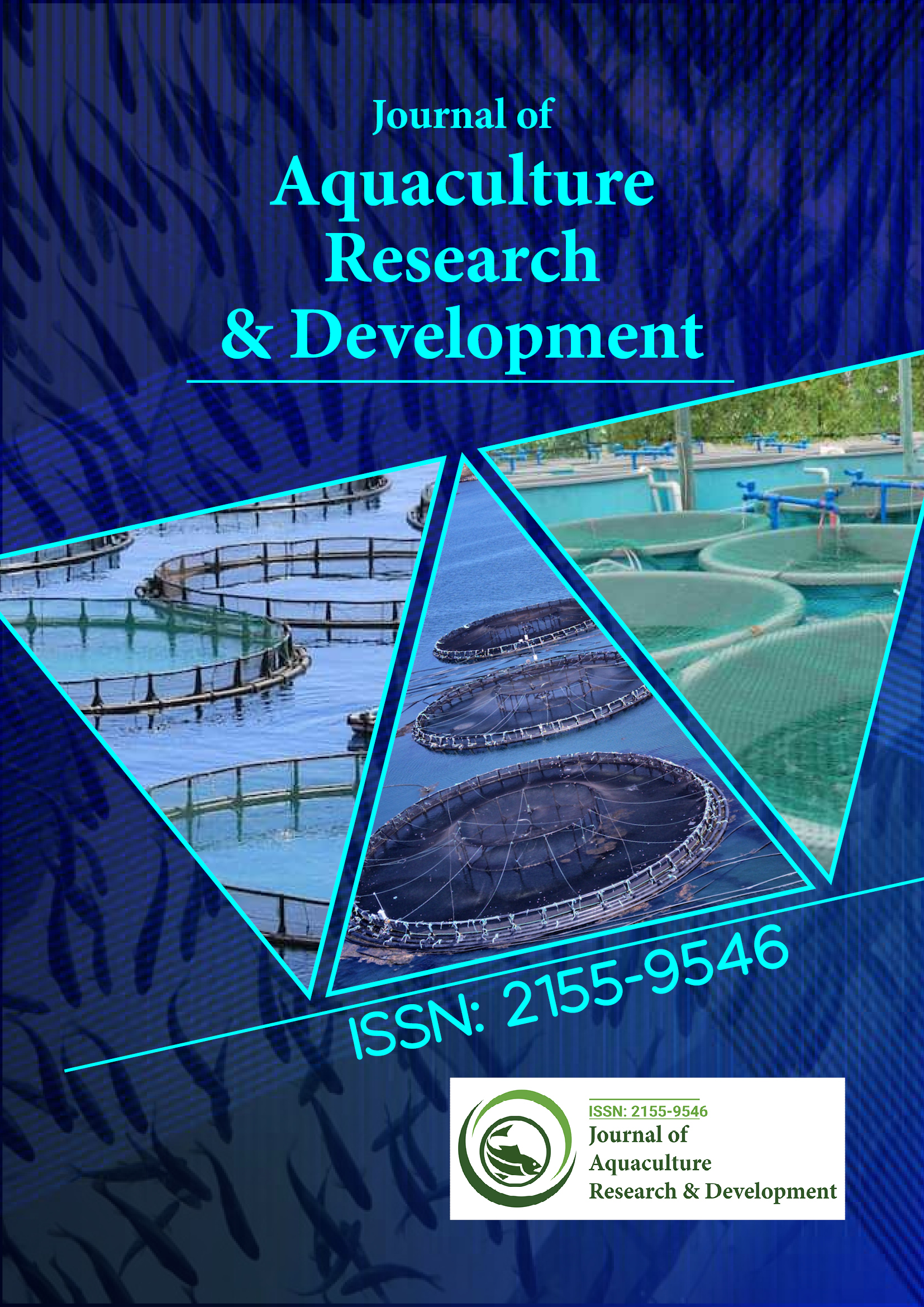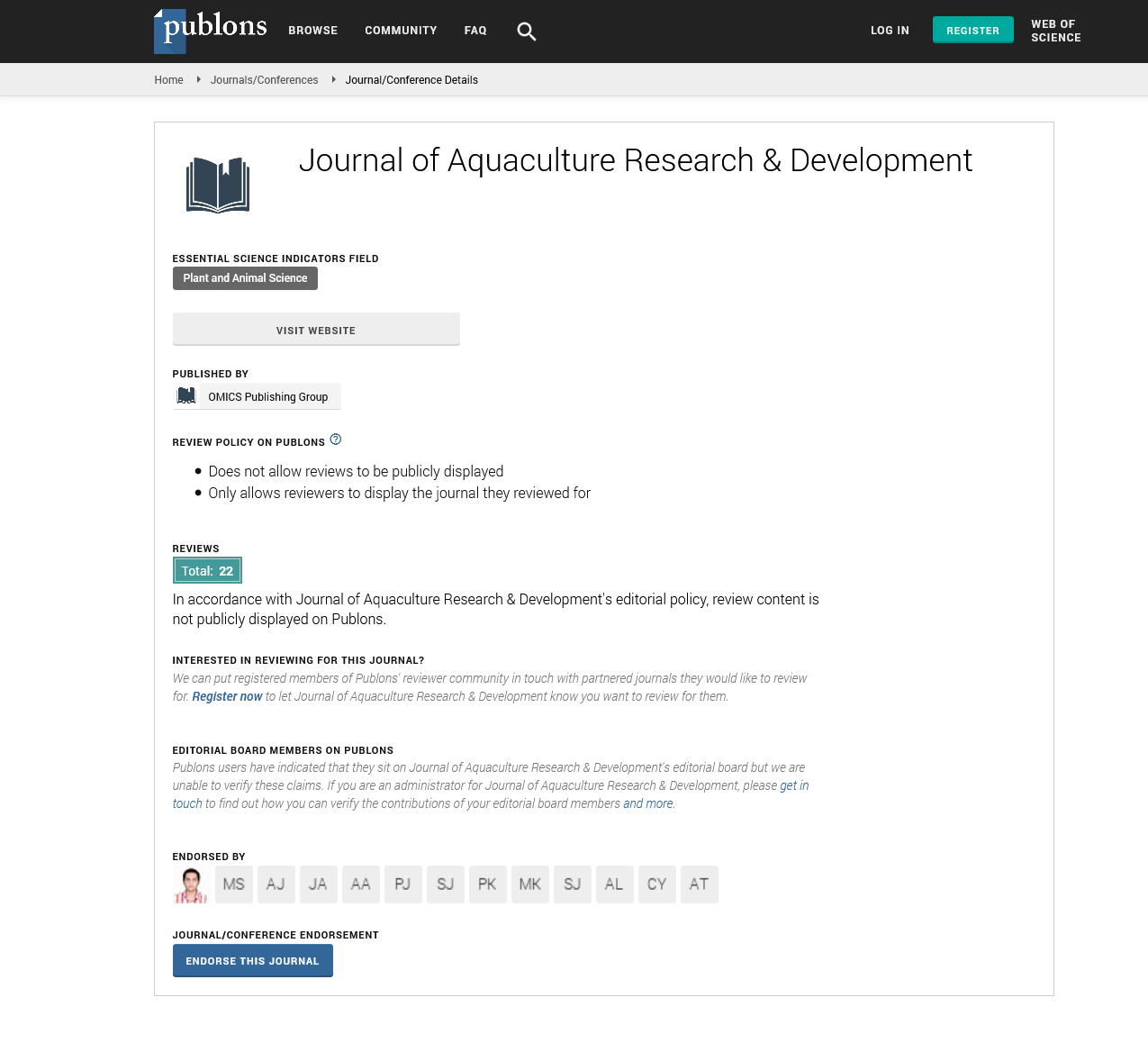Indexed In
- Online Access to Research in the Environment (OARE)
- Open J Gate
- Genamics JournalSeek
- JournalTOCs
- Scimago
- Ulrich's Periodicals Directory
- Access to Global Online Research in Agriculture (AGORA)
- Electronic Journals Library
- Centre for Agriculture and Biosciences International (CABI)
- RefSeek
- Directory of Research Journal Indexing (DRJI)
- Hamdard University
- EBSCO A-Z
- OCLC- WorldCat
- Scholarsteer
- SWB online catalog
- Virtual Library of Biology (vifabio)
- Publons
- MIAR
- University Grants Commission
- Euro Pub
- Google Scholar
Useful Links
Share This Page
Journal Flyer

Open Access Journals
- Agri and Aquaculture
- Biochemistry
- Bioinformatics & Systems Biology
- Business & Management
- Chemistry
- Clinical Sciences
- Engineering
- Food & Nutrition
- General Science
- Genetics & Molecular Biology
- Immunology & Microbiology
- Medical Sciences
- Neuroscience & Psychology
- Nursing & Health Care
- Pharmaceutical Sciences
Perspective - (2025) Volume 16, Issue 5
Farmer Assessment of Growth Performance and Disease Resistance in Catfish
Sirje Balk*Received: 28-Apr-2025, Manuscript No. JARD-25-29680 ; Editor assigned: 01-May-2025, Pre QC No. JARD-25-29680 (PQ); Reviewed: 15-May-2025, QC No. JARD-25-29680 ; Revised: 22-May-2025, Manuscript No. JARD-25-29680 (R); Published: 29-May-2025, DOI: 10.35248/2155-9546.25.16.991
Description
Aquaculture is a rapidly expanding sector, supplying a significant portion of global fish consumption and contributing to food security, employment and rural development. Among freshwater species, catfish have gained attention due to their adaptability, high growth rates and market demand. Despite advancements in breeding, nutrition and management, the success of catfish farming depends largely on meeting the expectations of farmers, who serve as the primary stakeholders in production systems. Farmers’ preferences regarding fish traits shape breeding programs, management practices and market outcomes. Understanding these perspectives is essential for designing aquaculture systems that are productive, economically viable and responsive to local conditions.
Farmers evaluate catfish attributes based on a combination of biological performance, environmental adaptability and market characteristics. Factors such as growth rate, disease resistance, feed efficiency and flesh quality influence profitability, while traits such as coloration, size uniformity and fillet appearance affect marketability. Additionally, farmers consider traits that reduce labor demands or simplify management, including tolerance to water quality fluctuations and resilience to environmental stressors. By capturing these preferences, researchers and aquaculture managers can align breeding and management strategies with the practical needs of producers.
Growth performance
Rapid and uniform growth remains one of the most highly valued attributes among catfish farmers. Faster-growing fish reach market size more quickly, reducing production cycles and lowering overall operational costs. Uniformity in growth also simplifies harvesting and marketing, as similarly sized fish attract higher prices and reduce sorting labor. Farmers frequently express a preference for strains or hybrids that maintain consistent growth under varying pond conditions, such as changes in temperature, dissolved oxygen and water quality.
Growth efficiency is closely tied to feed conversion. Fish that require less feed per unit of body weight are considered more desirable because feed constitutes the largest recurring expense in aquaculture operations. Farmers prioritize catfish that demonstrate high feed conversion ratios and can efficiently utilize locally available feed resources, including formulated pellets, agricultural byproducts and natural pond productivity.
Environmental adaptability
Catfish farming occurs in diverse environments, including earthen ponds, cages, tanks and recirculating systems. Farmers value fish that can adapt to a range of environmental conditions. Attributes such as tolerance to temperature fluctuations, low dissolved oxygen, variable pH and seasonal changes in water quality enhance the reliability of production systems. In regions with variable rainfall or water supply, farmers prefer fish that can withstand periods of low water or higher salinity.
In addition to abiotic factors, farmers also consider behavioral adaptability. Fish that display efficient foraging behavior, tolerate higher stocking densities and show reduced aggression are more compatible with intensive and semi-intensive farming practices. These traits reduce losses from cannibalism, injury and uneven growth.
Flesh quality and market preferences
Marketability strongly influences farmer decisions on desired catfish traits. Flesh quality, including texture, taste, fat content and fillet yield, is frequently cited as a primary consideration. Consumers often prefer firm, white flesh with minimal off-flavors. Farmers report that fish with higher fillet yield are more profitable, as they provide greater value per unit of body weight and reduce waste during processing.
Appearance also plays a role in market acceptance. Traits such as skin coloration, body shape and absence of deformities affect both live fish sales and processed product demand. Farmers tend to prioritize stocks that maintain an attractive appearance throughout growth, as poorly shaped or discolored fish can fetch lower prices or be rejected by buyers. In some markets, uniformity in size and color contributes to premium pricing and consumer satisfaction.
Reproductive efficiency
Reproductive performance is another trait valued by farmers. Catfish that mature early, spawn reliably and produce large numbers of viable eggs enhance seed availability and reduce dependency on external suppliers. Traits that simplify breeding, such as synchronized spawning and low broodstock mortality, are also preferred. Farmers often report that stocks with high fecundity and hatchability contribute to more consistent production cycles and lower input costs.
Farmers additionally consider genetic diversity when evaluating reproductive traits. While uniformity in production traits is desirable, excessive inbreeding can reduce fitness and increase susceptibility to disease or environmental stress. Stocks that maintain reproductive vigor while retaining favorable production characteristics are therefore highly regarded.
Farmers play a central role in determining the attributes valued in catfish for aquaculture systems. Preferences encompass growth performance, disease resistance, environmental adaptability, flesh quality, reproductive efficiency, behavioral traits and economic considerations. These traits collectively influence profitability, management efficiency and market acceptance. Incorporating farmer perspectives into breeding programs, management strategies and research priorities enhances the relevance and effectiveness of aquaculture interventions. By aligning production objectives with farmer priorities, aquaculture systems can achieve higher productivity, improved sustainability and stronger economic outcomes, benefiting both producers and consumers.
Citation: Balk S (2025). Farmer Assessment of Growth Performance and Disease Resistance in Catfish. J Aquac Res Dev. 16:991.
Copyright: © 2025 Balk S. This is an open-access article distributed under the terms of the Creative Commons Attribution License, which permits unrestricted use, distribution, and reproduction in any medium, provided the original author and source are credited.

